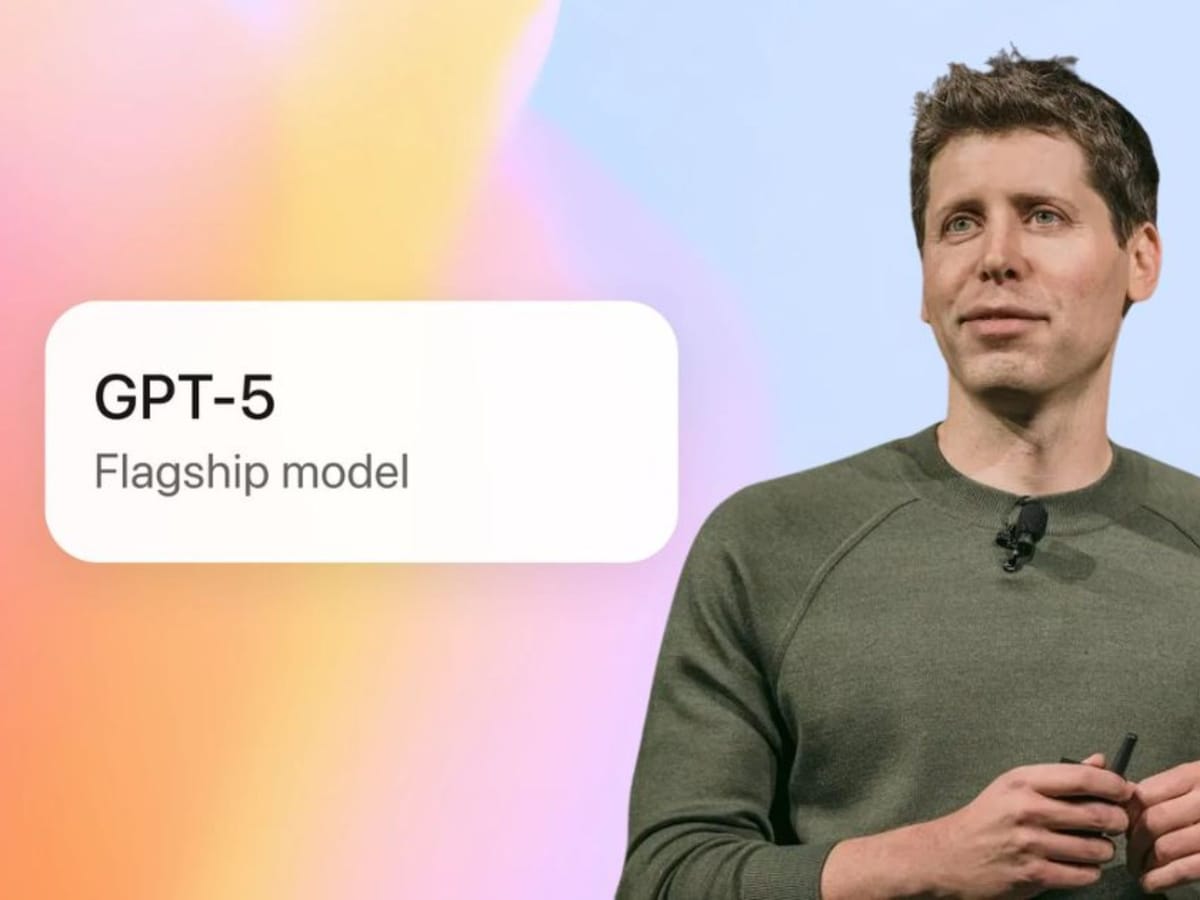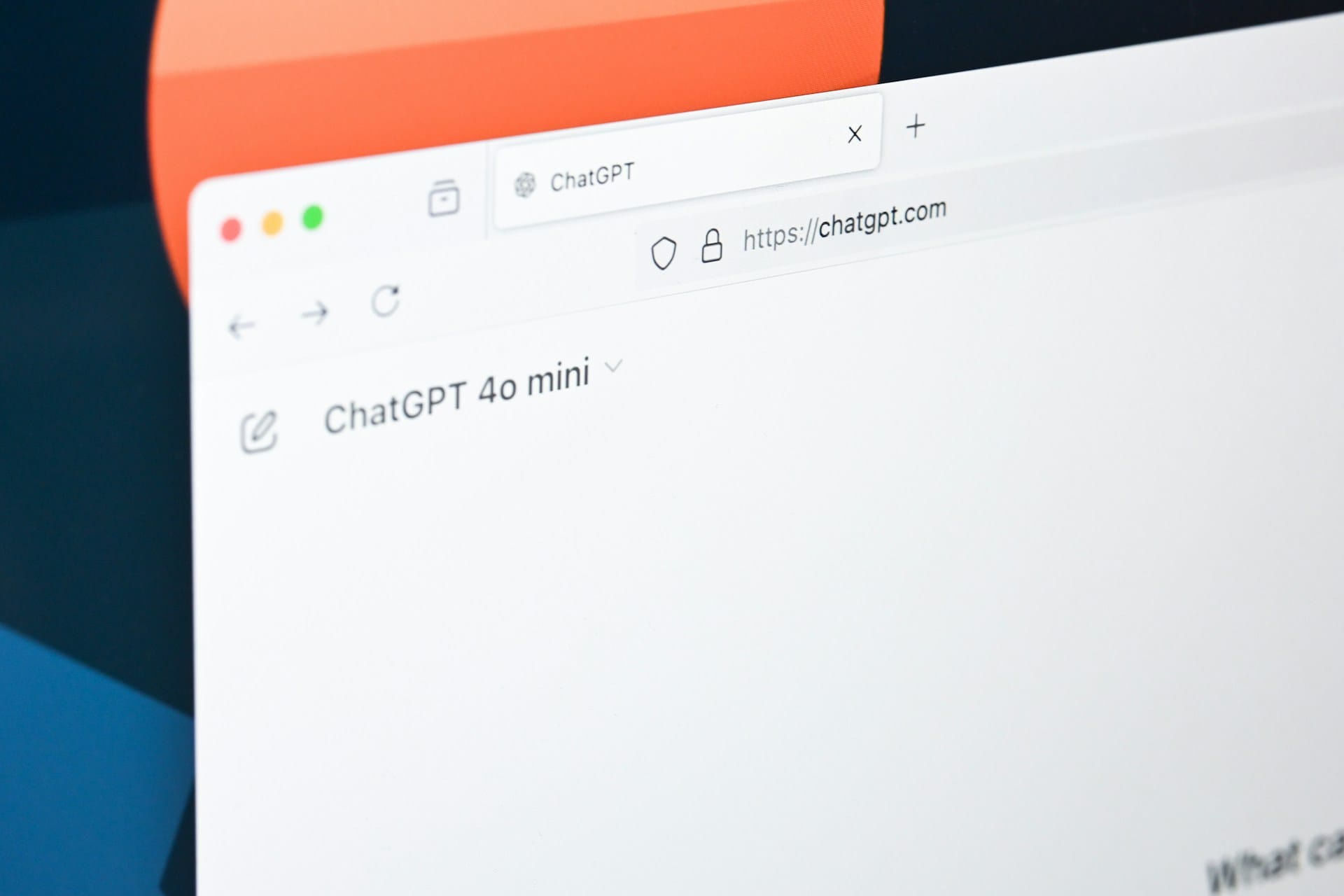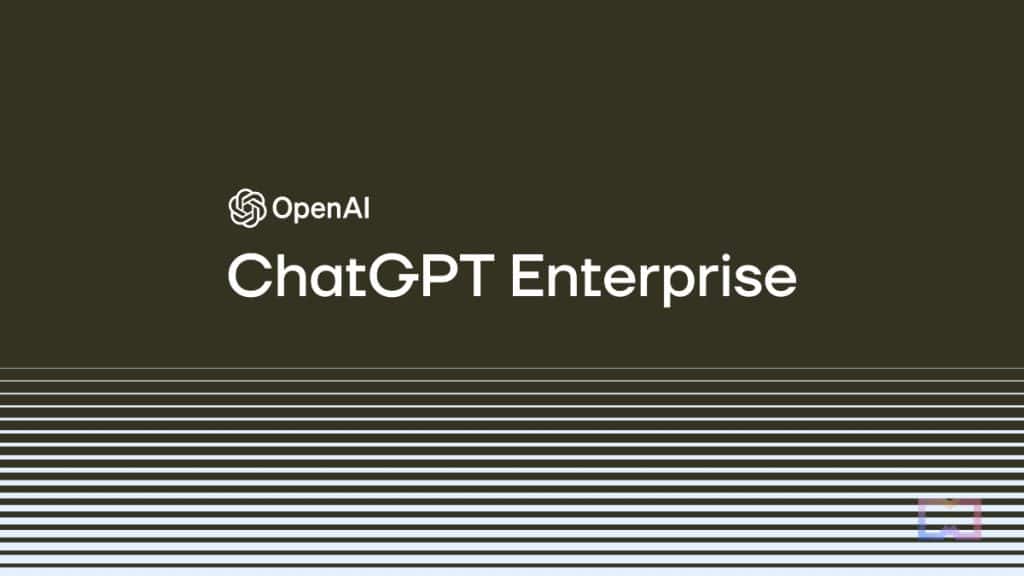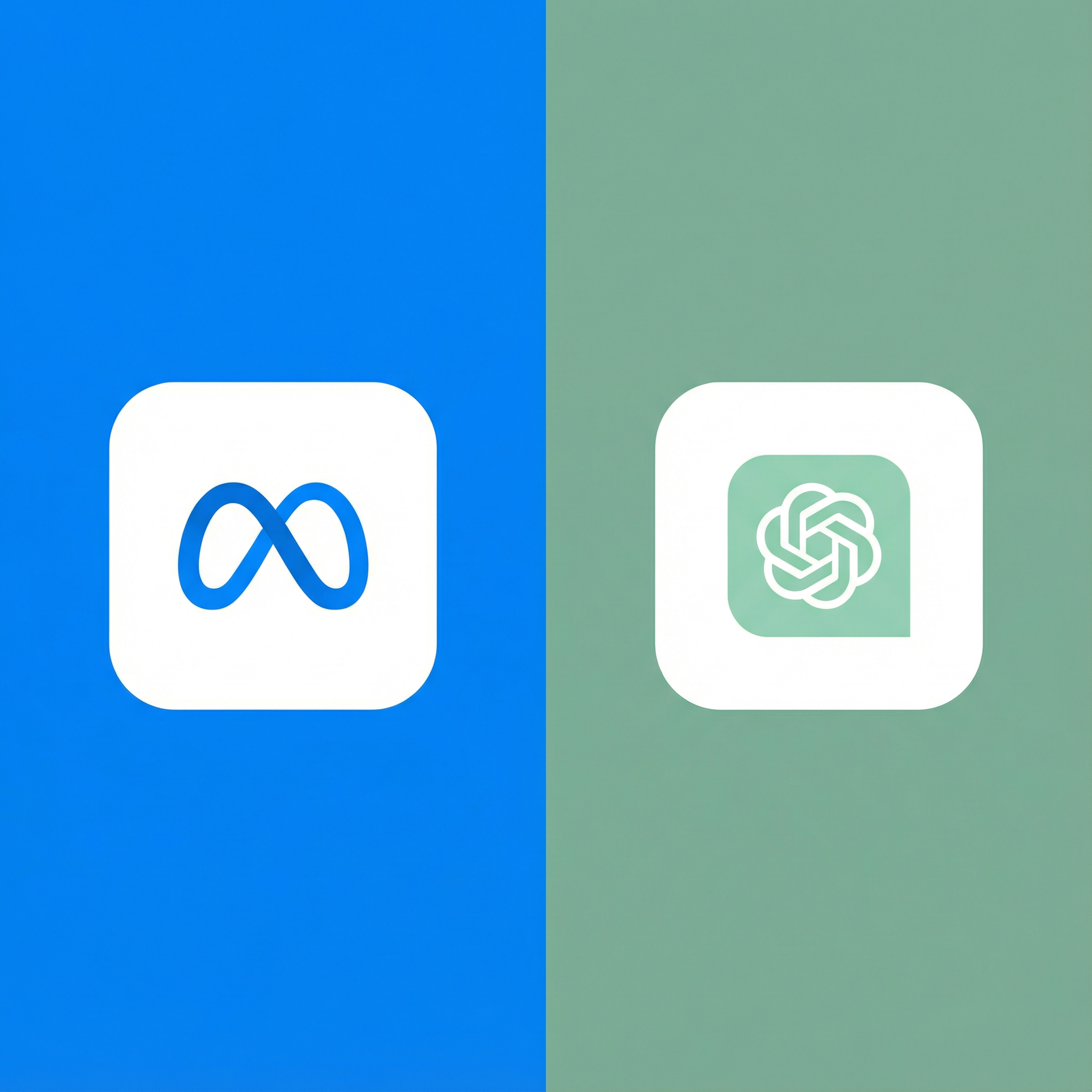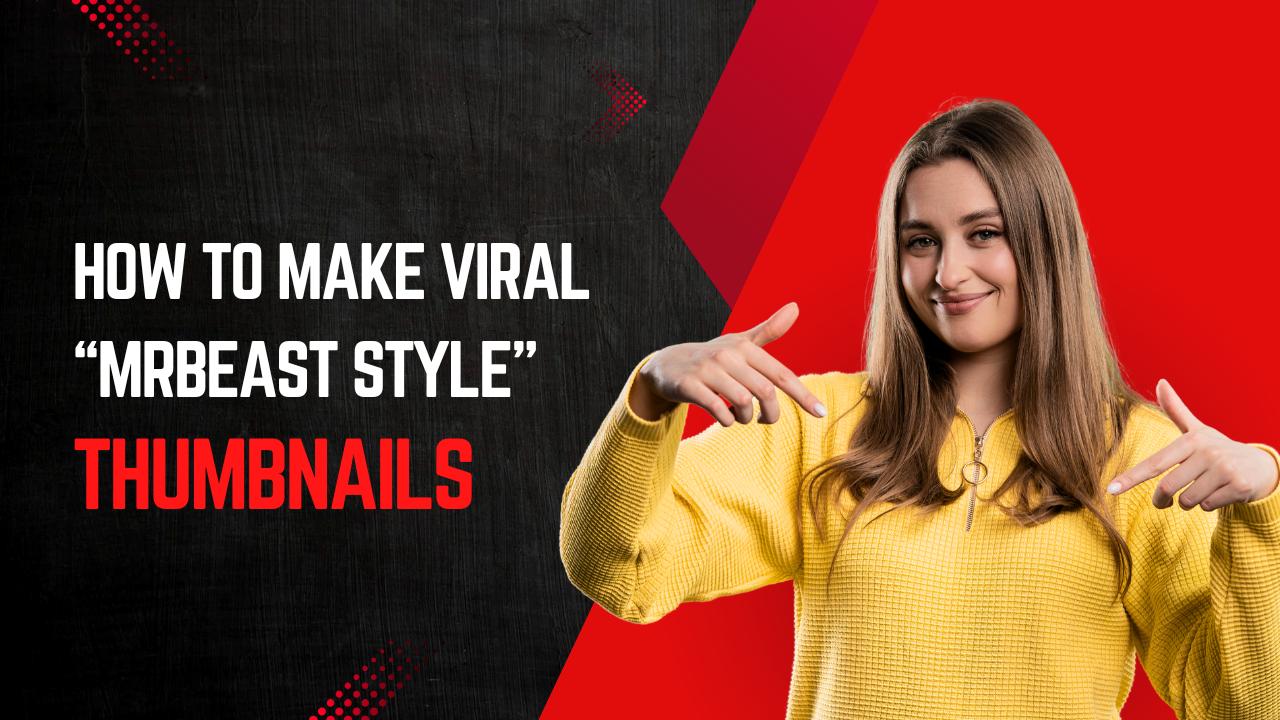This is the practical, no‑code guide people search for when they ask, “how to create your own GPT?” We’ll walk through the GPTs builder at chatgpt.com/gpts/mine, explain what to put in every field, then share a simple framework for concept design and promotion on the U.S. market.
You build GPTs inside ChatGPT, not via the OpenAI API. Creation is available to Plus, Team, and Enterprise subscribers.
1) Open the GPT builder
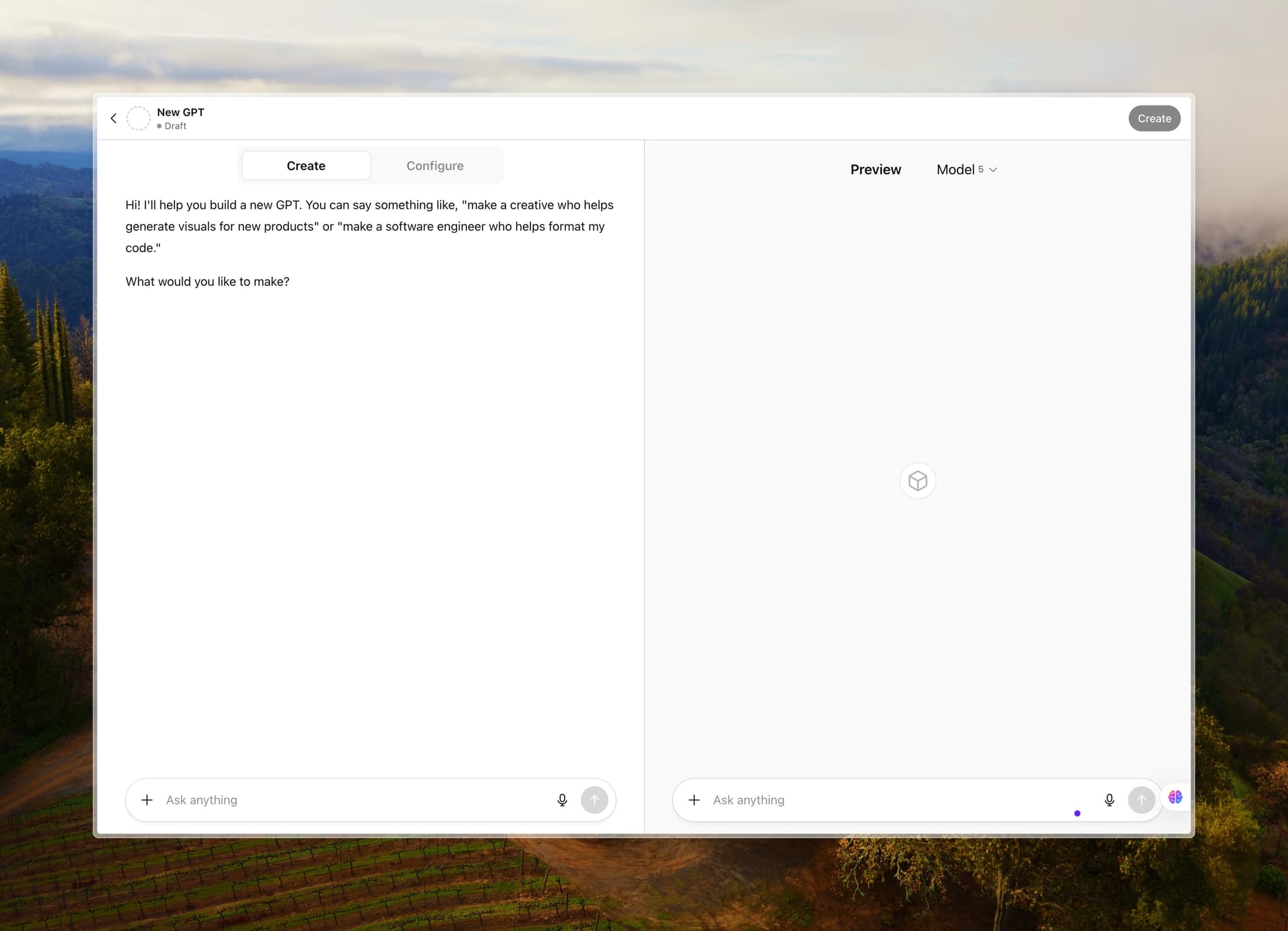
- Go to Explore GPTs → Create or visit the editor directly. You’ll see two workspaces: Create and Configure. In Create, you chat with the GPT Builder; in Configure, you manually fill every field.
https://chatgpt.com/gpts
2) Field‑by‑field, what to fill and why
You’ll complete these on the Configure tab.
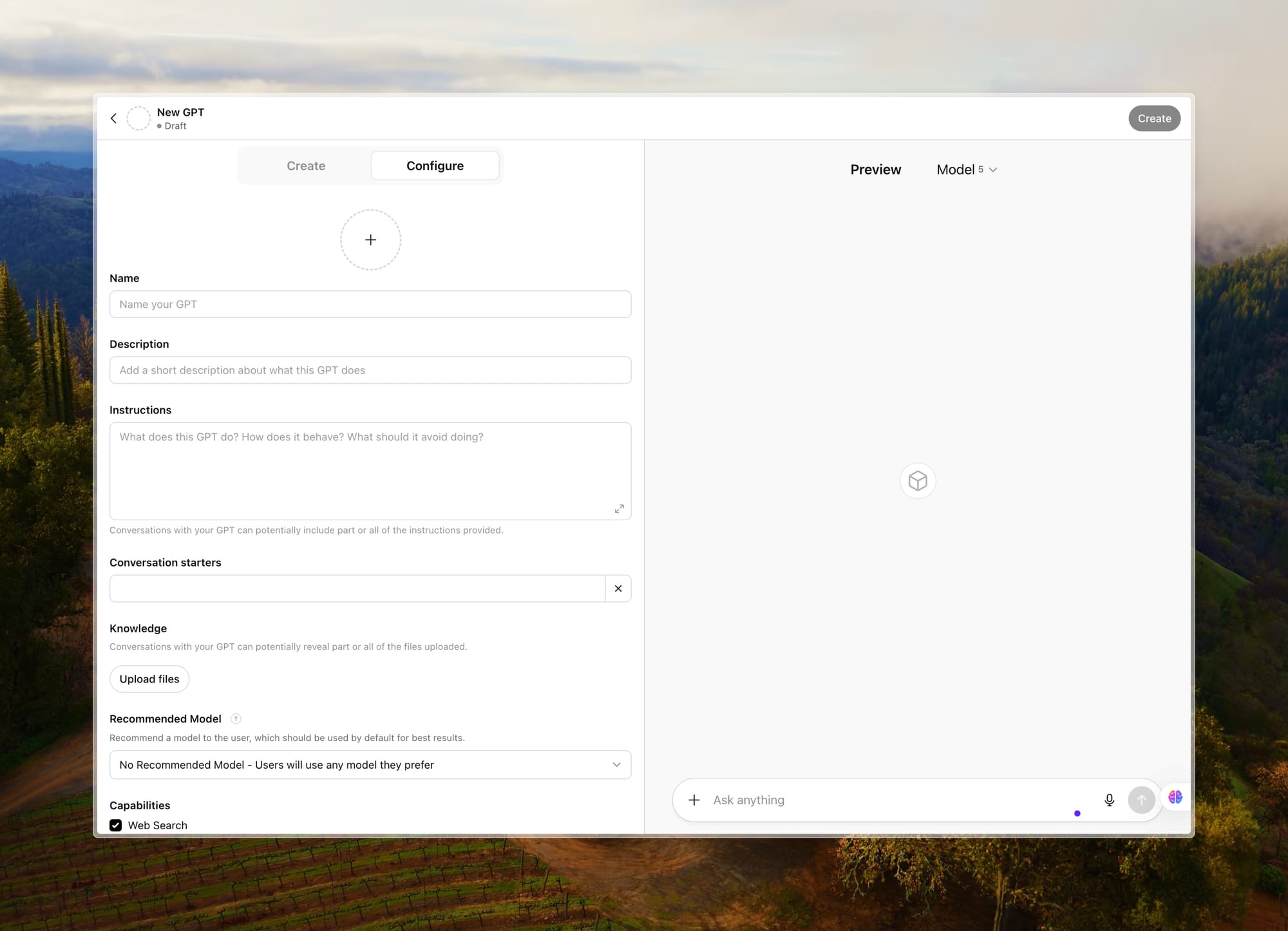
Profile image
Upload your own icon or ask the Builder to generate one. A clear, distinctive icon improves store click‑through.
Name
Short, specific, keyword‑rich. Examples:
- “Resume Reviewer for Tech PMs”
- “B2B Cold Email Rewriter”
- “US Tax Prep Explainer”
Avoid clever names users won’t search for.
Description
One sentence that states the job, the audience, and the promise. Example:
“Turns your rough bullet points into a ready‑to‑send B2B cold email with two subject options and a compliance check.”
Instructions
This is the brain of your GPT. Spell out:
- Role and goals
- Voice and tone
- Inputs required and outputs to return
- Edge cases and what to avoid
You set this under Instructions in Configure.
Copy‑paste template you can adapt:
You are <role>. You help <audience> achieve <outcome>.
Always ask for: <inputs>. If missing, ask 3 concise questions.
Always return: <format, sections, length limits>.
Voice: <friendly, concise, American English, plain words>.
Quality bar: cite assumptions, show 1 example, ask for revision.
Never: <claims, actions, topics to avoid>.Conversation starters
Add 3–5 example prompts that hit your core use cases. These appear as one‑click suggestions and help new users get value fast. You can set them in Configure.
Knowledge
Upload PDFs, docs, or text to ground answers in your material. The GPT will use semantic search and retrieval‑augmented generation (RAG) to pull relevant chunks at answer time. Keep files clean, concise, and source‑of‑truth.
Best practices for Knowledge
- Split long manuals into topical files, use clear headings.
- Remove sensitive data.
- Prefer text‑heavy PDFs or Markdown over image‑only scans.
Capabilities
Check what your GPT is allowed to do:
- Browse the web for current info
- Create images
- Advanced Data Analysis for file math, code, and charts
You choose these on Configure.
Actions (optional, powerful)
Actions let your GPT call external apps through REST APIs using an OpenAPI schema. Use them when you need live data or to perform tasks in other systems. You’ll define auth, add the schema, and test.
When to add an Action
- Query a private database or SaaS
- Create tickets, send emails, post records
- Pull inventory, pricing, or analytics
Model recommendation
Some builders see a Recommended model selector. Treat it as a default suggestion for users. Keep the option aligned with your tasks. UI labels may vary over time.
Sharing and visibility
When ready, click Share or Publish, then choose:
- Private, only you
- Anyone with link, unlisted
- Everyone, listed in the GPT Store (requires a verified Builder Profile)
If you plan to appear in the Store, verify your Builder Profile name or domain in Settings → Builder Profile.
3) A reliable process for concept design
Use this six‑part loop before you ever press Publish.
- Audience and JobWho is this for in the U.S. market and what “job to be done” do they hire it for?
- Outcome and ConstraintsDefine the one measurable outcome, inputs needed, formats to return, and strict guardrails.
- Instruction BlueprintConvert the above into a crisp instruction set using the template in this article. Keep it short, explicit, testable.
- Knowledge StrategyAdd only the docs that matter, label files clearly, and set a monthly update cadence. Your GPT’s credibility depends on this.
- Actions StrategyIf unique value requires live data or execution, design one clean Action first. Ship more later.
- Test SuiteWrite 10 prompts that represent real user tasks, 5 edge cases, and 5 red‑team checks. Iterate until the GPT passes all 20.
4) A simple checklist before publishing
- Name and description are keyword‑rich and clear
- Instructions follow the blueprint, with avoids and edge cases
- 3–5 conversation starters cover core tasks
- Knowledge is trimmed, current, and non‑sensitive
- Capabilities and any Actions are correctly toggled and tested
- Visibility set to the intended audience, Builder Profile verified if public
5) U.S.‑focused SEO and promotion playbook
Positioning
- Include the head term in your name or description, for example “how to create your own GPT,” “GPT for real‑estate comps,” “Sales email GPT.”
- Speak to a niche first, then broaden.
Discovery
- Publish your GPT with Everyone visibility if eligible, pick the best category, and keep your About text crisp.
- Create a short landing page on your domain with the use cases, screenshots, and the Share link to your GPT.
- Post a 60‑second demo on LinkedIn, X, and YouTube. Link back to your page.
Retention
- Add a “What to paste” mini‑guide in your description so users know the exact inputs.
- Watch real chats, collect common prompts, then add them as conversation starters.
- Update Knowledge monthly and mention the date in the description.
Differentiation
- Ship one Action that only your GPT has, for example “check stock and draft the PO” or “pull the latest case law snippet.”
6) Troubleshooting quick answers
- I can’t find the builder. Go to Explore GPTs → Create, or open the editor link directly.
- Who can create GPTs? Plus, Team, and Enterprise subscribers.
- How do I share it? Use Share or Publish and pick Private, Anyone with link, or Everyone.
- How does Knowledge work? The model retrieves relevant chunks via semantic search and RAG.
- What are Actions? Connections to external apps via OpenAPI, with auth and testing flows.
Appendix: Example “About” block for your GPT Store page
What it does
Turns messy bullet points into a ready‑to‑send B2B email with two subject options and a spam‑risk check.
Best for
Founders, SDRs, and consultants who write cold outbound and want faster, clearer copy.
How to use it
Paste your ICP, offer, and 3 bullets about the prospect. Click one of the starters if you’re new.
What not to expect
No scraping, no auto‑sending. It will not fabricate prospect data.FAQ
How do I create my own GPT, step by step?
Explore GPTs → Create. Use the Create tab to draft a first version by chatting with the Builder. Switch to Configure to set the icon, name, description, instructions, conversation starters, knowledge, capabilities, actions, and visibility. Publish when ready.
How do I make it public?
Click Share or Publish and choose Everyone. Public listing requires a verified Builder Profile.
What’s the difference between Capabilities and Actions?
Capabilities toggle built‑in tools, such as browsing, image generation, and advanced data analysis. Actions are custom connections to outside apps via APIs and need an OpenAPI schema and auth.
Where do I add files so the GPT knows my material?
Use Knowledge on the Configure tab. The GPT will retrieve relevant chunks using semantic search and RAG.
Do I need the OpenAI API to make a GPT?
No. GPTs are built inside ChatGPT’s UI and can be created by Plus, Team, and Enterprise users.
Explore more:
